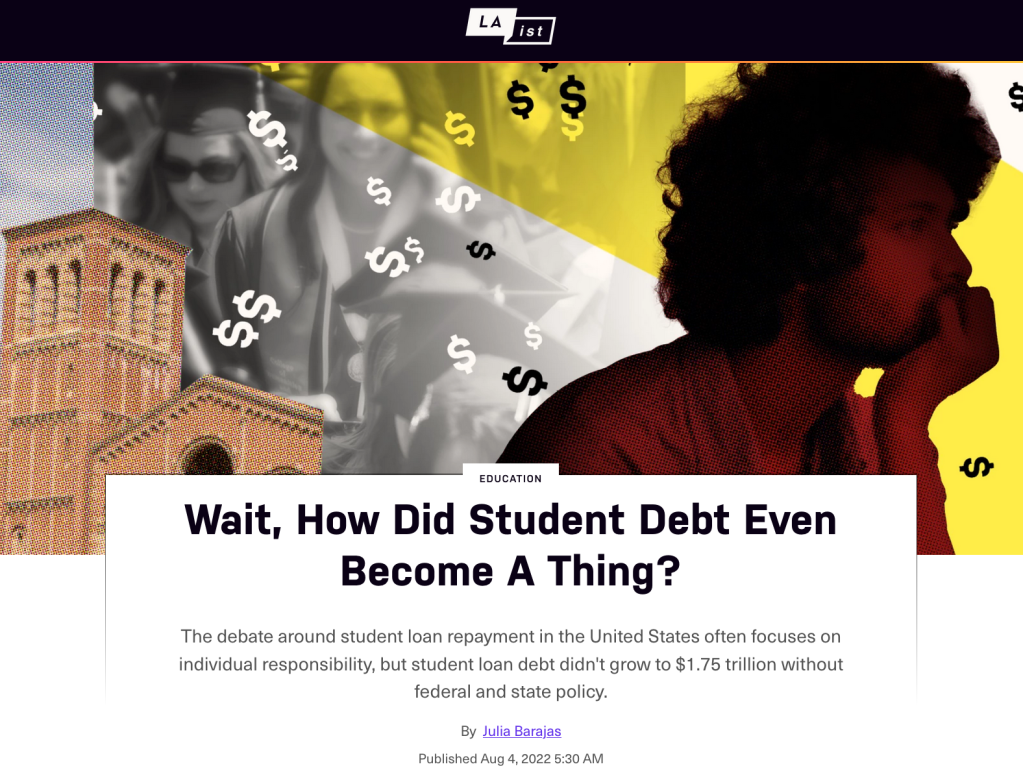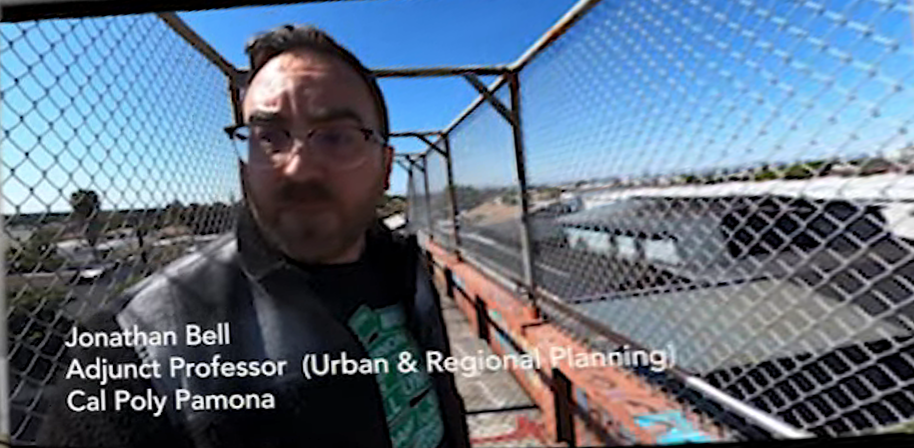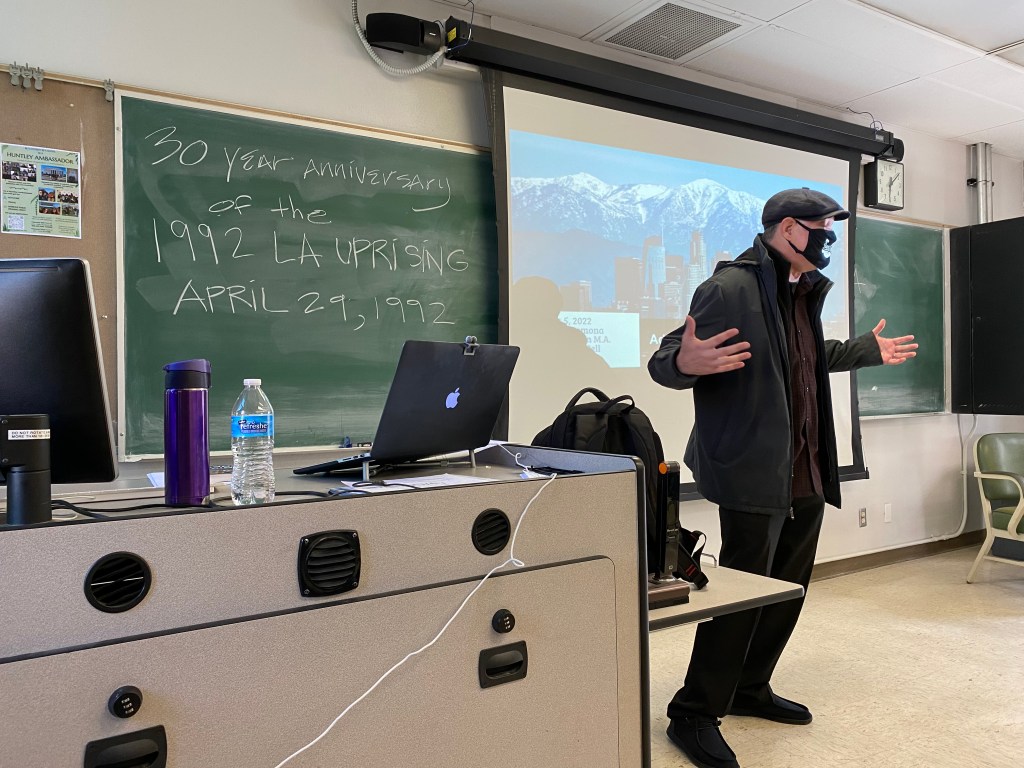
In support of Vision Zero, join us for a community walk in Florence-Firestone Sunday, July 23rd from 10am to 1pm. FFCO’s Ramsey Nicholson and I will highlight landmarks, social history, and community issues on the route. No registration required! Just come through.
Meeting place:
Florence-Firestone Community Organization (501c3)
6940 Compton Avenue, Los Angeles 90001
Route includes:
Compton Avenue, Florence Avenue, Maie Avenue, Graham Avenue, Miramonte Boulevard, E. 66th Street
Florence-Firestone Community Organization in partnership with Estolano Advisors, BikeLA, Los Angeles County Department of Public Health, & California Office of Traffic Safety















You must be logged in to post a comment.